On a blazing summer day, few things are as welcome as the crisp relief of a well-cooled car interior. Yet, achieving and maintaining that refreshing chill isn’t just a matter of dialing the AC dial to the max. Efficient car cooling is both an art and a science—a careful balance of technology, maintenance, and mindful driving habits. In this article, we’ll explore the best practices that help your vehicle stay cool without draining fuel or taxing your air conditioning system. Whether you’re a daily commuter or a road-trip enthusiast, understanding these strategies can turn any journey into a more comfortable and energy-conscious experience.
Table of Contents
- Understanding the Core Components of Your Car’s Cooling System
- Optimizing Coolant Choices for Enhanced Performance
- Regular Maintenance Rituals to Prevent Overheating
- Innovative Techniques for Maximizing Airflow Efficiency
- Smart Driving Habits That Support Engine Cooling
- Troubleshooting Common Cooling System Issues Efficiently
- Q&A
- Closing Remarks
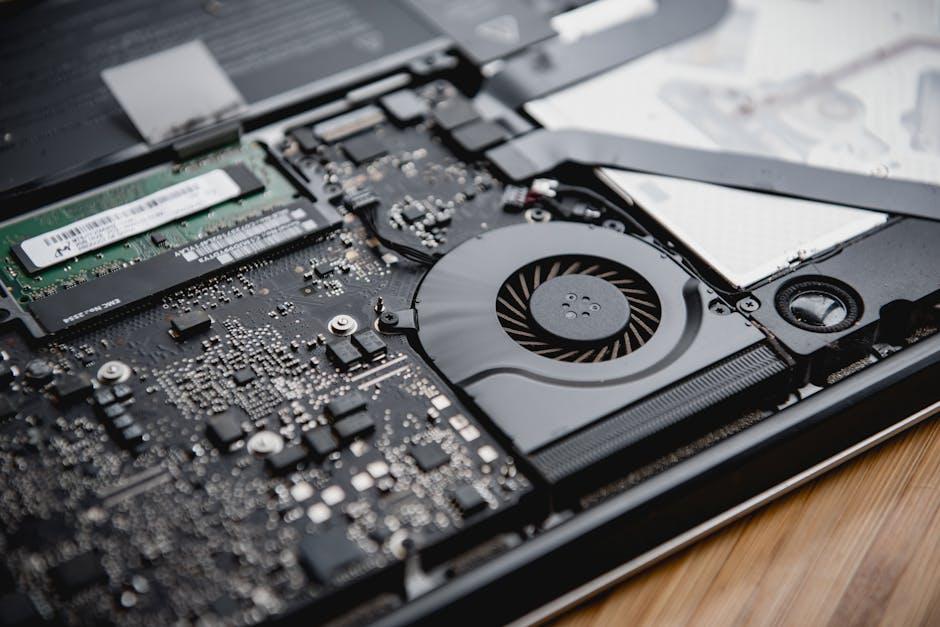
Understanding the Core Components of Your Car’s Cooling System
The cooling system in your vehicle is more than just a pump and some coolant; it’s a meticulously engineered network designed to keep your engine operating at optimal temperatures. At its heart lies the radiator, a heat exchanger that dissipates heat from the coolant to the outside air. Complementing the radiator is the water pump, which continuously circulates coolant through the engine block and radiator, ensuring consistent temperature control. The thermostat plays a crucial role by regulating coolant flow, opening only when the engine reaches a specific temperature, thus preventing overcooling and promoting efficiency.
In addition to these core parts, the cooling system includes several other vital components that work harmoniously to maintain engine health:
- Coolant reservoir: Holds extra coolant to compensate for expansion as the engine heats up.
- Coolant hoses: Flexible tubes that transport the coolant throughout the system without leaks.
- Cooling fans: Activate when air flow through the radiator is insufficient, especially at low speeds or when idling.
| Component | Primary Function | Key Benefit |
|---|---|---|
| Radiator | Heat exchange | Prevents engine overheating |
| Thermostat | Temperature regulation | Maintains optimal engine heat |
| Water Pump | Coolant circulation | Ensures constant coolant flow |
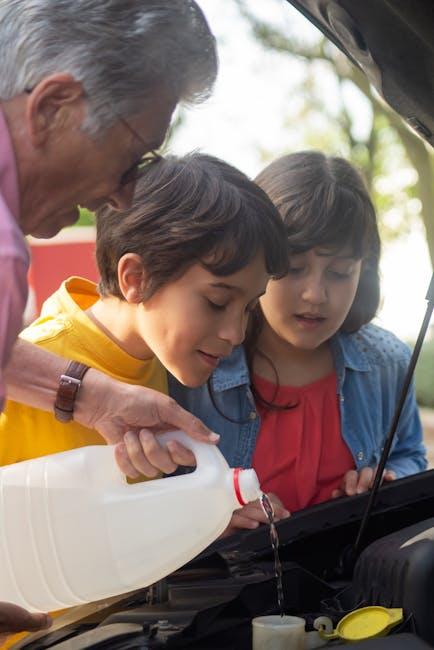
Optimizing Coolant Choices for Enhanced Performance
Choosing the right coolant transcends simple maintenance—it directly influences your vehicle’s efficiency and longevity. Modern engines demand coolants engineered with advanced additives that not only disperse heat but also protect against corrosion and scale buildup. Opting for a coolant that matches the manufacturer’s specifications can prevent costly repairs and maintain optimal thermal conductivity under various driving conditions.
Consider these key factors when selecting the ideal coolant for your car:
- Type and Compatibility: Ethylene glycol-based coolants are common, but some vehicles require propylene glycol or hybrid formulations.
- Freeze and Boil Protection: Ensure the coolant can handle extreme temperatures, especially if you live in regions with harsh winters or summers.
- Longevity and Maintenance: Long-life coolants reduce maintenance frequency, offering both convenience and cost savings.
| Coolant Type | Typical Lifespan | Ideal for |
|---|---|---|
| Inorganic Additive Technology (IAT) | 2-3 years | Older cars & classic models |
| Organic Acid Technology (OAT) | 5 years or 150,000 miles | Modern engines, long-distance driving |
| Hybrid Organic Acid Technology (HOAT) | 4-5 years | Mix of modern & traditional vehicles |

Regular Maintenance Rituals to Prevent Overheating
Maintaining a vehicle’s cooling system is more than just a routine—it’s an essential habit that ensures your engine breathes easy even during the most demanding drives. Start with a regular inspection of coolant levels; consistently low levels signal leaks or evaporation that could lead to overheating. Complement this by flushing the coolant system as per the manufacturer’s recommendations to prevent corrosion and buildup of deposits that hinder heat dissipation.
Incorporate these simple yet effective steps into your car care routine:
- Check radiator hoses for cracks or softness to avoid leaks.
- Clean the radiator fins gently to remove debris without causing damage.
- Test the thermostat and replace it if it shows signs of sticking.
- Ensure the radiator cap seals properly to maintain pressure.
| Maintenance Task | Recommended Frequency | Key Benefit |
|---|---|---|
| Coolant Level Check | Monthly | Prevents leaks and overheating |
| System Flush | Every 2 Years | Removes corrosion and buildup |
| Hose Inspection | Quarterly | Avoids sudden coolant loss |
| Thermostat Test | Annually | Ensures optimal engine temperature |
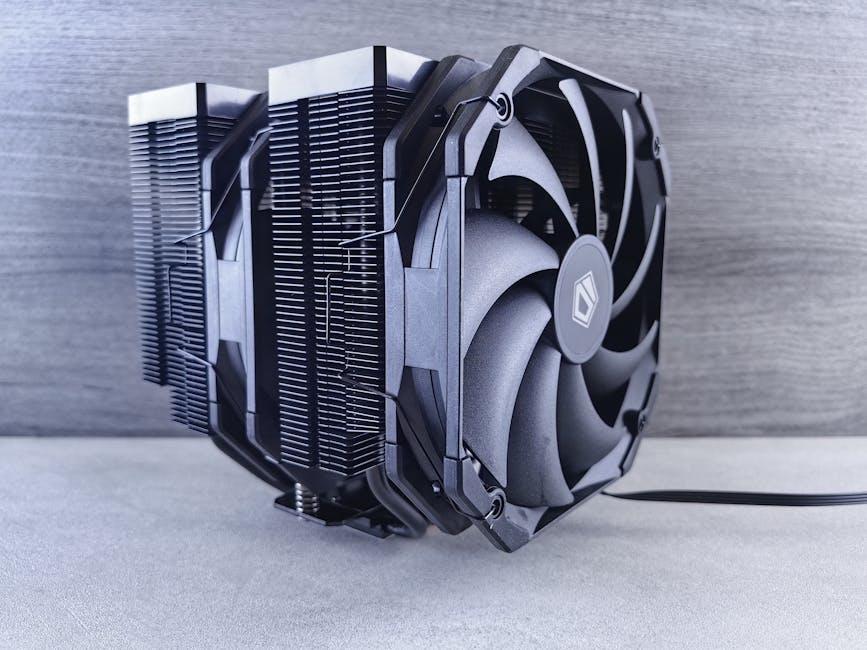
Innovative Techniques for Maximizing Airflow Efficiency
Optimizing airflow within your vehicle’s cooling system is essential for maintaining a comfortable cabin temperature and enhancing overall efficiency. Incorporating dynamic air channel designs, such as adjustable vents and directional louvers, helps to guide air precisely where it’s needed most. These components work synergistically to reduce air resistance, increase circulation, and prevent hot spots from forming inside the car. Additionally, using materials with high thermal conductivity in ductwork can facilitate faster heat dissipation, ensuring cooler air reaches the cabin more swiftly.
Moreover, cutting-edge technology like active grille shutters and variable-speed fans further amplify airflow management. Active grille shutters automatically open or close depending on engine temperature and external conditions, minimizing drag and maximizing air intake only when necessary. Meanwhile, variable-speed fans adjust their RPM according to real-time cooling demands, enhancing energy efficiency without sacrificing comfort. Below is a quick comparison showcasing the benefits of traditional vs. innovative airflow systems:
| Feature | Traditional System | Innovative System |
|---|---|---|
| Airflow Control | Fixed vents, manual adjustment | Adjustable louvers, automated vents |
| Energy Efficiency | Constant fan speed | Variable-speed fan controls |
| Drag Reduction | No active management | Active grille shutters |
- Benefit from smoother air passage: It reduces energy expenditure and promotes quicker cooling.
- Enhance passenger comfort: Precisely directed airflow prevents stagnant zones and heat buildup.
- Lower environmental impact: Smart cooling reduces fuel consumption, contributing to greener driving.

Smart Driving Habits That Support Engine Cooling
Adopting smart driving habits can significantly enhance your vehicle’s engine cooling efficiency. One of the most effective methods is to avoid excessive idling, as it causes the engine to heat up without airflow to aid in cooling. Instead, try to shut off your engine if you anticipate being stopped for more than a minute. Additionally, using gentle acceleration and keeping your engine RPMs moderate reduces heat buildup, preventing undue stress on your cooling system.
Maintaining steady speeds on highways also contributes to optimal engine temperature by promoting constant airflow through the radiator. When navigating traffic or hilly terrain, consider these driving adjustments:
- Shift to lower gears when climbing steep inclines to avoid engine overexertion
- Utilize cruise control on flat highways for consistent engine output
- Minimize rapid deceleration and acceleration cycles to stabilize engine temperature
| Driving Behavior | Cooling Benefit |
|---|---|
| Gentle Acceleration | Reduces heat spikes |
| Steady Speed | Maximizes airflow |
| Minimal Idling | Prevents overheating |
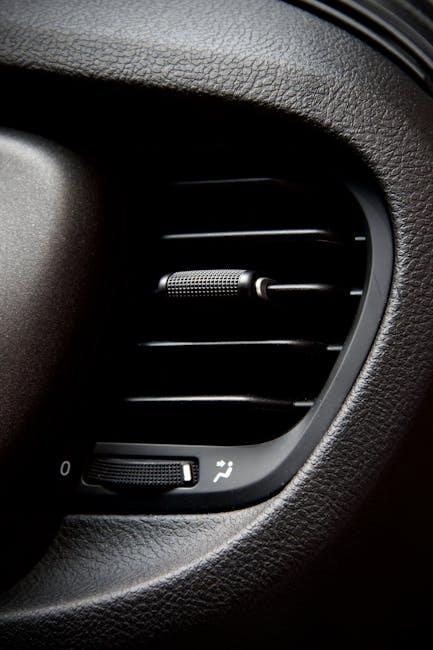
Troubleshooting Common Cooling System Issues Efficiently
When your cooling system starts acting up, quick and accurate diagnosis can save you from costly repairs and downtime. Start by checking the coolant level and its condition. Low coolant levels often hint at leaks—inspect hoses, radiator, and water pump for any visible drips or wet spots. Additionally, monitor the temperature gauge; if it spikes frequently, it could indicate a failing thermostat or blocked radiator. Don’t overlook the importance of a clean radiator—debris and dirt buildup reduce its cooling efficiency drastically. Regularly flushing the system helps prevent sediment accumulation that can clog passages.
Utilize the following checklist to streamline your troubleshooting process:
- Inspect cooling fans: Ensure they turn on at correct temperatures.
- Test the radiator cap: A faulty cap can lead to pressure loss.
- Check for air pockets: These can block coolant circulation.
- Look for unusual noises: Whining may indicate water pump issues.
| Symptom | Possible Cause | Quick Fix |
|---|---|---|
| Engine Overheating | Thermostat stuck closed | Replace thermostat |
| Coolant Leak | Damaged hose or radiator | Seal or replace part |
| Fan Not Running | Faulty fan motor or sensor | Test and repair electrical components |
| Temperature Fluctuations | Air trapped in system | Bleed cooling system |
Q&A
Q&A: Best Practices for Efficient Car Cooling
Q1: Why is efficient car cooling important?
A1: Efficient car cooling is vital to prevent engine overheating, which can cause severe damage, reduce fuel efficiency, and shorten your vehicle’s lifespan. Keeping your engine cool ensures smoother performance and longevity.
Q2: What are the key components involved in car cooling?
A2: The primary components include the radiator, coolant (antifreeze), water pump, thermostat, cooling fan, and hoses. Each part works in harmony to dissipate heat and maintain the engine’s optimal temperature.
Q3: How often should I check or change my coolant?
A3: It’s generally recommended to check your coolant levels every few months and replace the coolant every 2 to 5 years, depending on your vehicle’s manual. Regular maintenance helps avoid corrosion and maintains cooling efficiency.
Q4: Can driving habits affect car cooling?
A4: Absolutely. Aggressive driving and prolonged idling, especially in hot weather, can strain the cooling system. Gentle acceleration and periodic breaks during long drives allow your cooling system to function more effectively.
Q5: What are some easy tips to improve my car’s cooling efficiency?
A5: Maintain proper coolant levels, ensure the radiator is clean and free of debris, check hoses for leaks or cracks, regularly inspect the thermostat, and confirm that your cooling fan turns on appropriately. Additionally, parking in shaded areas or using sunshades can reduce under-hood temperatures.
Q6: Is it okay to use water instead of coolant in emergencies?
A6: Water can be a temporary fix in an emergency but is not a substitute for proper coolant. Coolant contains additives that prevent corrosion and freezing; water lacks these properties and can lead to engine damage if used long term.
Q7: How do I know if my car’s cooling system is failing?
A7: Warning signs include rising engine temperature, coolant leaks, steam from the engine bay, a sweet smell (coolant odor), or the temperature warning light on your dashboard. If you notice these symptoms, seek professional inspection promptly.
Q8: Can upgrading my cooling system enhance efficiency?
A8: Yes, especially for high-performance or older vehicles. Upgrades like high-capacity radiators, electric fans, or performance thermostats can improve heat dissipation and keep your engine cooler under demanding conditions.
Efficient car cooling isn’t just about avoiding breakdowns—it’s about driving smarter and taking care of your vehicle’s heart to keep every journey smooth and safe.
Closing Remarks
In the quest for a smoother, cooler ride, mastering the art of efficient car cooling is more than just a matter of comfort—it’s a key driver of vehicle longevity and performance. By embracing these best practices, from regular maintenance to smart driving habits, you’re not only shielding your engine from the heat but also steering towards a more reliable and enjoyable journey. So, take these tips to heart and let your car breathe easy, no matter where the road leads. After all, a well-cooled engine is the silent hero behind every adventure.

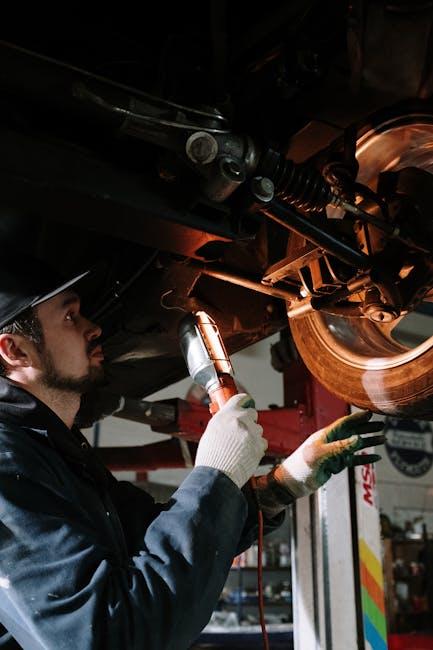
2 Comments
sho89y
sho89y